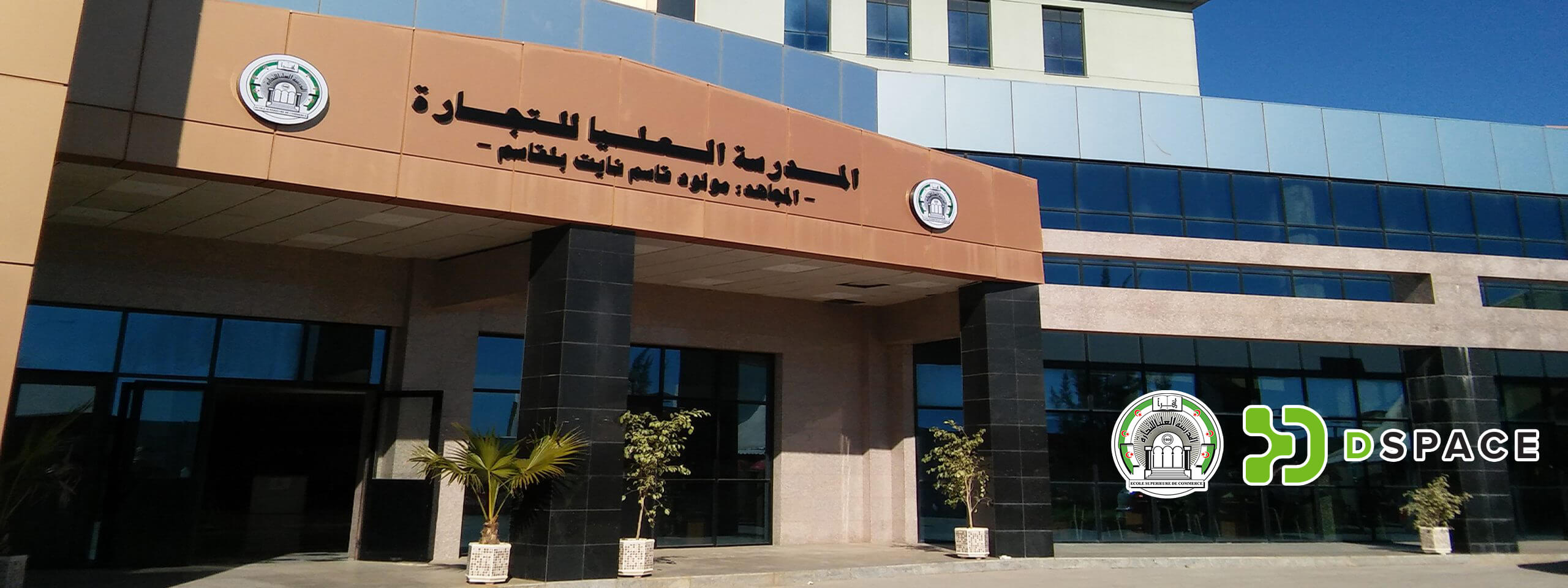Please use this identifier to cite or link to this item:
http://dspace.esc-alger.dz:8080/jspui/handle/123456789/2202Full metadata record
| DC Field | Value | Language |
|---|---|---|
| dc.contributor.author | NAIB, ANIS | - |
| dc.contributor.author | HAMMOUDI, ABDELAZIZ | - |
| dc.contributor.author | TAOUSSI, Brahim (Encadreur) | - |
| dc.contributor.author | BENILLES, Billel (Encadreur) | - |
| dc.date.accessioned | 2025-11-03T09:13:51Z | - |
| dc.date.available | 2025-11-03T09:13:51Z | - |
| dc.date.issued | 2025-10-03 | - |
| dc.identifier.issn | Mas/2025/04 | - |
| dc.identifier.uri | http://dspace.esc-alger.dz:8080/jspui/handle/123456789/2202 | - |
| dc.description.abstract | This research investigates the forecasting of exchange rate volatility for USD/DZD and EUR/DZD, comparing classical time series models (SARIMA, SARIMAX) with Deep Learning models (CNN, LSTM) using daily data from January 5, 1999, to February 28, 2025 (6,824 observations). In Algeria s hydrocarbon reliant economy, precise volatility forecasts are essential for economic decision maki ng, as exchange rate fluctuations significantly affect trade, investment decisions, and monetary policies. The study seeks to determine which approach classical or deep learning better captures the intricate dynamics of exchange rate volatility, a critical measure of market risk in an emerging market context. The analysis reveals that, when predicting in an all at once perspective, classical model failed to capture long term patterns and trends. While using the rolling forecast on the classical models, ARIM AX consistently outperforms other models. This method demonstrates greater adaptability to shifting market conditions, effectively capturing trends and fluctuations in exchange rates, resulting in lower error metrics compared to other models the rolling fo recast techniques allows the models to enhance its predictive accuracy for both currency pairs. Among deep learning models, LSTM surpasses CNN, showing a stronger ability to model long term dependencies and complex patterns in sequential data. Despite this , LSTM still falls short closely behind of the classical ARIMAX rolling forecast approach, indicating that adaptive classical techniques offer more reliability for this specific dataset. Finally, the volatility is visualized by directly deriving it from US D/DZD and EUR/DZD prices, highlighting the chosen model performance and flexibility in achieving accurate forecasts. The findings emphasize that while Deep Learning models excel in capturing nonlinear dynamics, classical models with adaptive forecasting me thods provide a more robust solution in this context. | en_US |
| dc.language.iso | en | en_US |
| dc.publisher | Ecole supérieure de commerce | en_US |
| dc.subject | Forecasting foreign e xchange rate volatility, | en_US |
| dc.subject | Classical Time S eries models ( SARIMAX) | en_US |
| dc.title | Forecasting exchange rate volatility of the Algerian Dinar : a comparison of Classical Time Series and Deep Learning models | en_US |
| dc.type | Thesis | en_US |
| Appears in Collections: | Thesis Master مذكرات الماستر | |
Files in This Item:
| File | Description | Size | Format | |
|---|---|---|---|---|
| Forecasting exchange rate volatility of the Algerian Dinar (NAiB & HAMMOUDi).pdf | 5,32 MB | Adobe PDF | View/Open |
Items in DSpace are protected by copyright, with all rights reserved, unless otherwise indicated.
